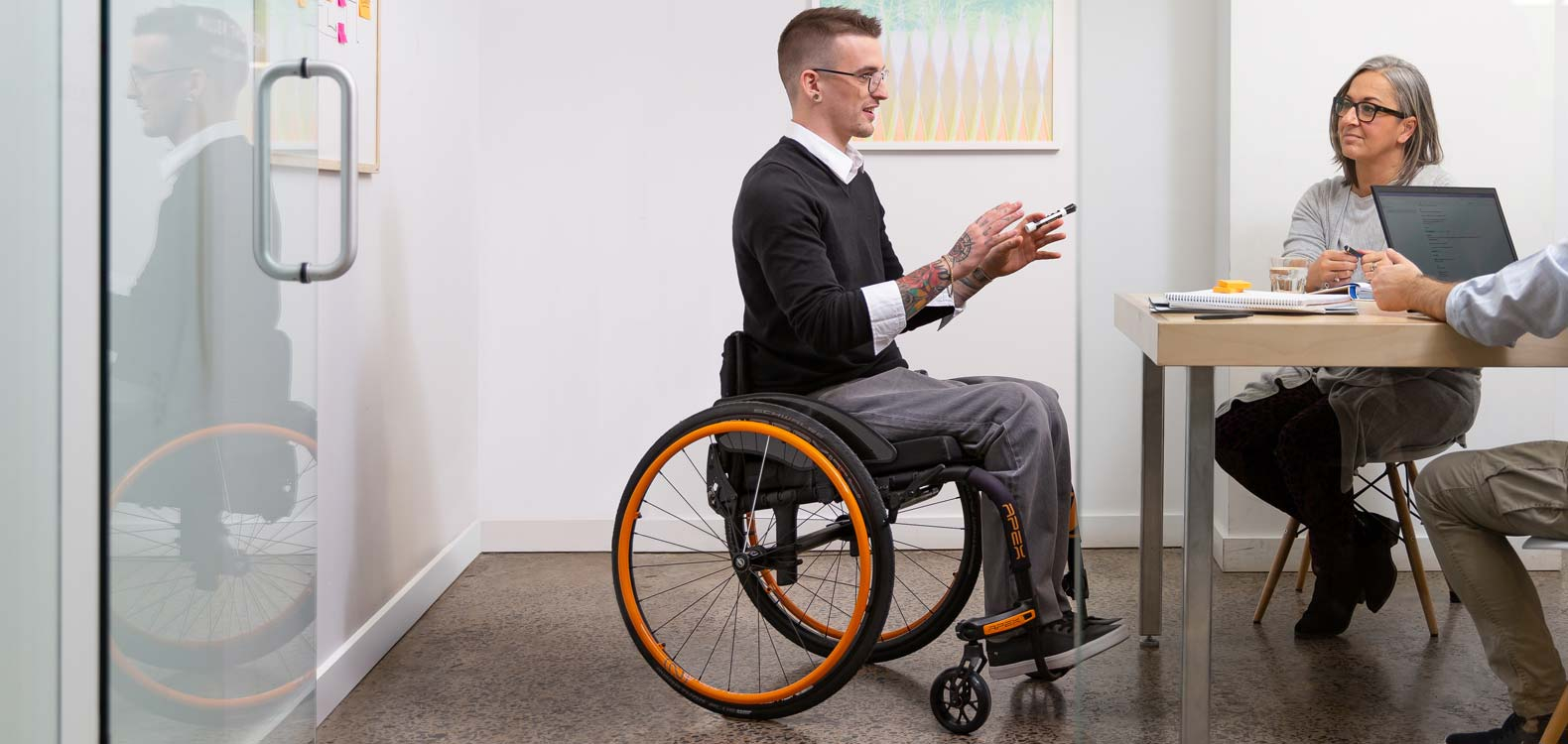A wheelchair, as the name implies, is a chair with wheels that allows its user to move around. It can be manually or electronically controlled and operated. Purchasing this personal mobility equipment is an excellent approach to help the user get around, do tasks, engage in activities, and live a more independent life. All while avoiding injury and potentially life-threatening circumstances.
While a wheelchairs offer many transformative benefits, not everyone’s needs are the same. While some people require wheelchairs on a daily basis, others may only require them briefly, such as following an accident.
The global Wheelchairs market was valued at US$ 4,390.4 million in 2016 and is expected to witness a robust CAGR of 15% during the forecast period (2017-2025).
What Are The Different Types Of Wheelchairs?
Manual Wheelchairs
The user propels this sort of wheelchair by grasping the wheels, as the name implies. Alternatively, an assistance standing at the back of the wheelchair can push it. This wheelchair can easily go forward and backward.
Electric Wheelchairs
They are pushed by a motor and batteries and are also known as powered wheelchairs, motorized wheelchairs, or automatic wheelchairs. They are sophisticated and come without the limits of a manual wheelchair, thanks to improved technology. Electric wheelchairs can traverse gravel, climb stairs, and even be elevated to allow the user to reach higher shelves. These wheelchairs are heavy and expensive due to their motor.
Reclining Wheelchairs
Reclining wheelchairs, also known as positioning wheelchairs, are far more flexible and lower in weight. They are usually motorized and allow the user to change positions and altitudes. They have the ability to recline backwards, raise and lower their feet, tilt, and many other functions. This improves circulation and helps to avoid ulcers and sores. People with a limited range of motion may benefit from a reclining wheelchair with commode. This makes it easier to maintain hygiene.
Standing Wheelchairs
A standing wheelchair is one that can be used to help people stand. They easily transition the user from a sitting to a standing posture and allow them to navigate using motorized wheels. These wheelchairs are extremely crucial for ergonomic support and allowing the user to perform all tasks that require standing, such as greeting people and making eye contact, as well as keeping their functionality.
The majority of these wheelchairs are foldable wheelchairs that may be packed into a tiny space. This makes them easy to transport and handle, especially when travelling.








